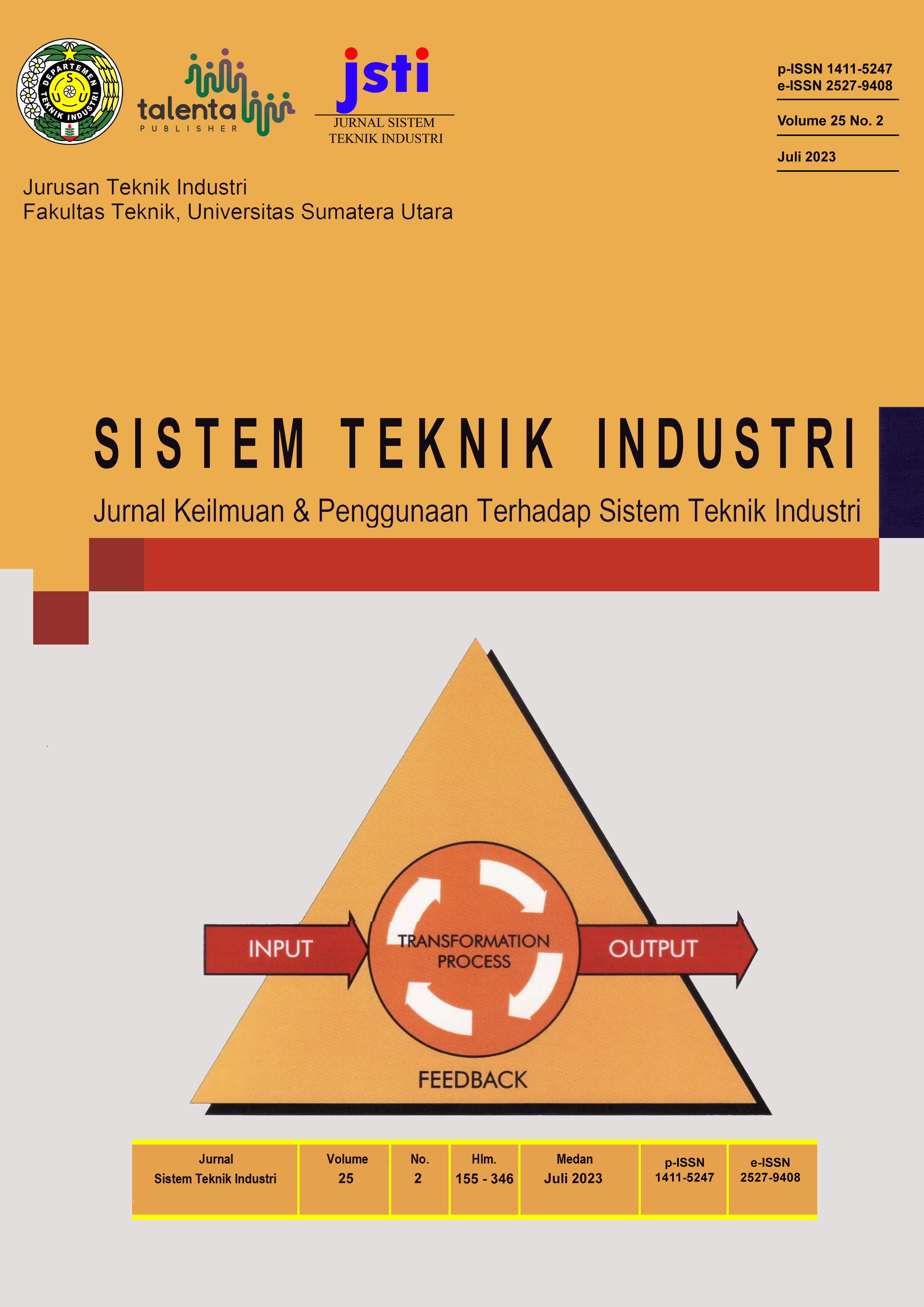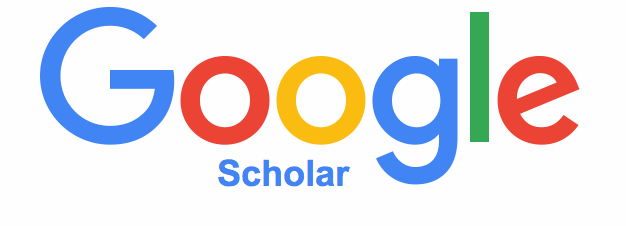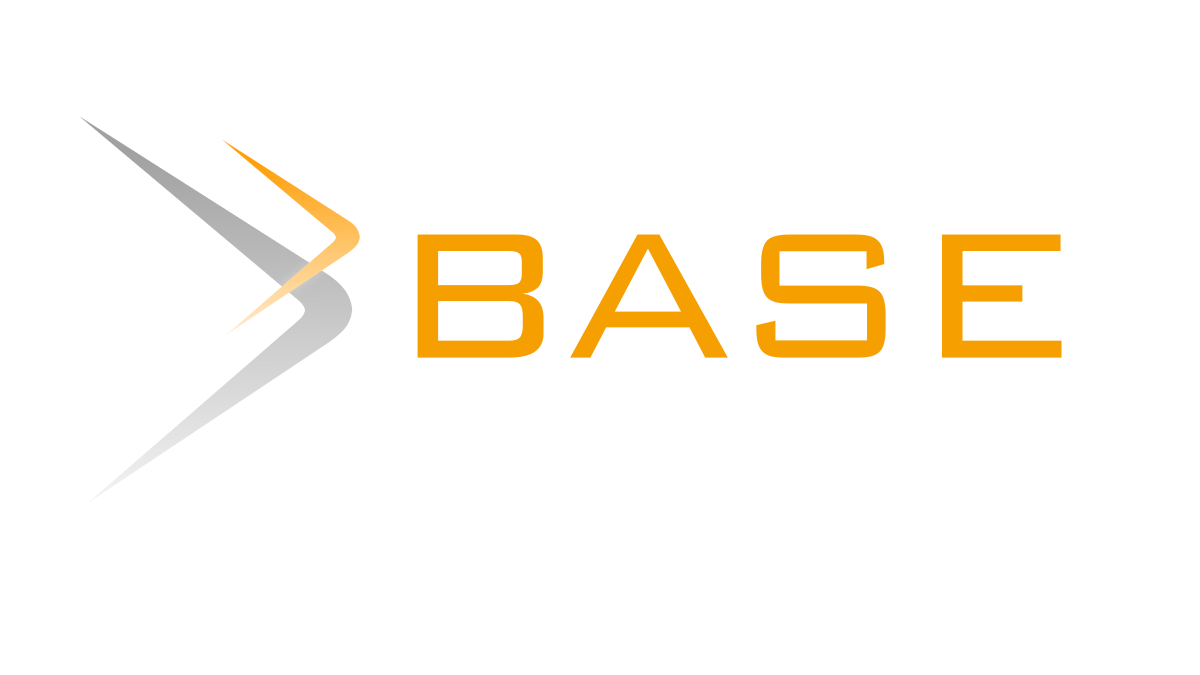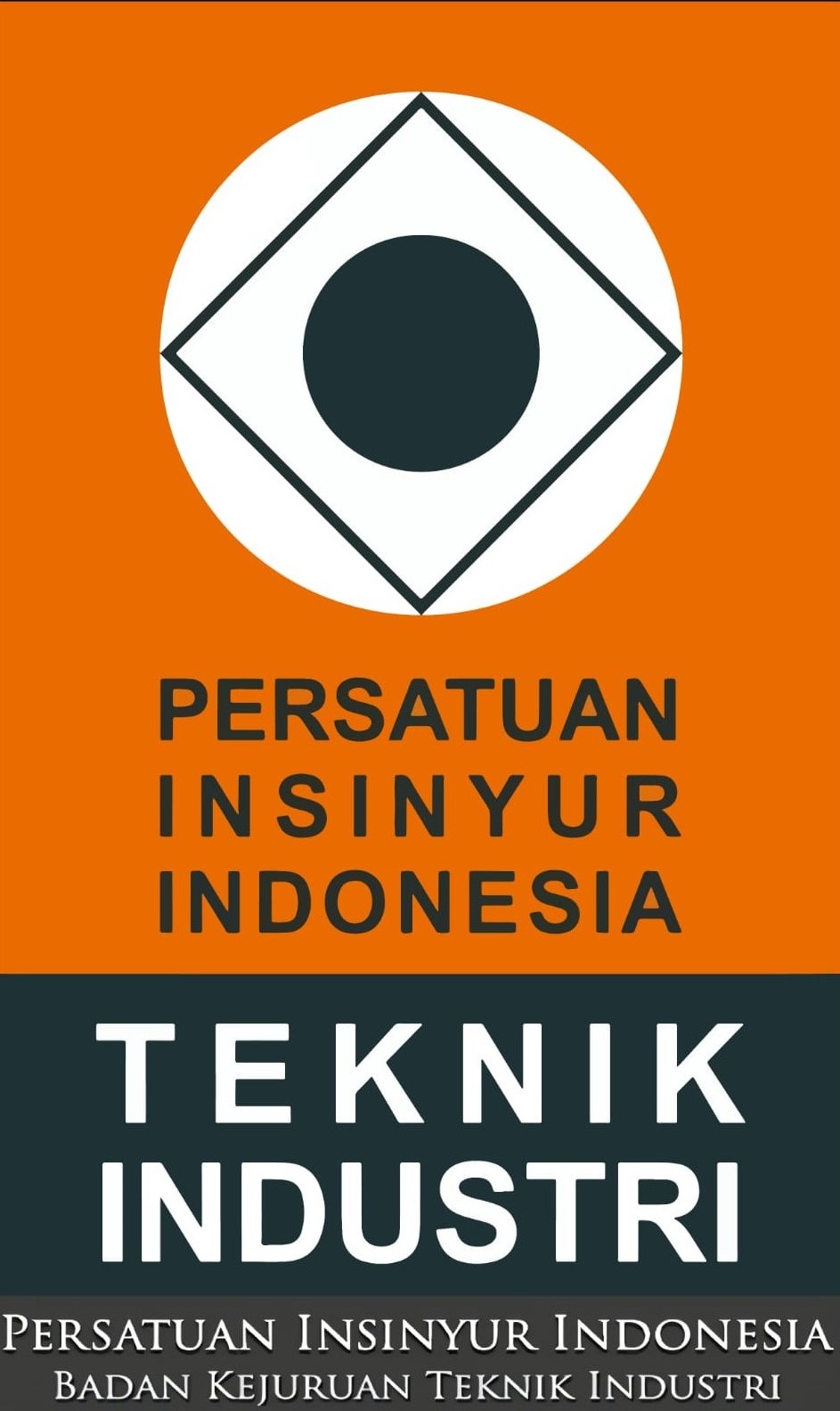Hazard Identification Risk Assessment and Determining Control (HIRADC) Method for Shoe Cutting Dies Production
DOI:
https://doi.org/10.32734/jsti.v25i2.12186Keywords:
Cutting Dies, HIRADC, Occupational Safety and Health, Shoe Production, Work AccidentAbstract
Along with high orders from customers for shoe products in apparel companies, the production department must also support productivity results. The production process has experienced several problems, including the number of work accidents and potential levels of work accidents, and the absence of safe work accident control measures in the cutting die area for the shoe production process. The purpose of this study is to analyze the types of work accidents and provide recommendations for controlling sources of hazard to reduce or eliminate the level of risk involved in the shoe molding process. The method used in this study uses the Hazard Identification Risk Assessment and Determining Control (HIRADC) method combined with the Focus Group Discussion (FGD) method. The findings of this study have obtained data before repair with 16 hazard potentials consisting of 6 medium hazard potentials and 10 low hazard potentials. Improvements that have been made in accident risk control for each potential hazard include technical controls, administrative controls, and document controls. The results of this study resulted in a reduction in the risk of work accidents after repairs to 16 low hazard potentials and no moderate hazard potentials. So from these results, it can be concluded that the decrease in risk level from medium risk to low risk proves the success of corrective actions.
Downloads
References
D. Sjarifudin and H. Kurnia, “The PDCA Approach with Seven Quality Tools for Quality Improvement Men ’ s Formal Jackets in Indonesia Garment Industry,†J. Sist. Tek. Ind., vol. 24, no. 2, pp. 159–176, 2022, doi: 10.32734/jsti.v24i2.7711.
Ghika Smarandana, Ade Momon, and Jauhari Arifin, “Penilaian Risiko K3 pada Proses Pabrikasi Menggunakan Metode Hazard Identification, Risk Assessment and Risk Control (HIRARC),†J. INTECH Tek. Ind. Univ. Serang Raya, vol. 7, no. 1, pp. 56–62, 2021, doi: 10.30656/intech.v7i1.2709.
U. Amrina and N. Elisa, “Application Of Sustainable Productivity Management In Footwear Companies By Green Manufacturing Approach,†Sainstech J. Penelit. dan Pengkaj. Sains dan Teknol., vol. 29, no. 2, pp. 37–42, 2019, doi: 10.37277/stch.v29i2.336.
H. Kurnia, A. S. Putra, and D. Sjarifudin, “Pendampingan Sebagai Upaya Pencegahan Kecelakaan Kerja Operator Forklift Terhadap fasilitas Perusahaan Pada bagian Warehouse,†J. Pengabdi. Pelitabangsa, vol. 3, no. 02, pp. 81–89, 2022, doi: https://doi.org/10.37366/jabmas.v3i02.1541.
H. Manurung, A. Fahri, H. H. Purba, and H. Kurnia, “Accidence Analysis Work with Failure Mode and Effect Analysis Method at Coating Service Indiustry in Indonesia,†Specktrum Ind. J., vol. 19, no. 2, pp. 135–144, 2021, doi: 10.12928/si.v19i2.20585.
S. Aprilia, H. Kurnia, W. T. Setyawan, E. Ashar, and A. Wahyudi, “Peninjauan Keselamatan dan Kesehatan (K3) Terhadap Aktifitas Kerja Karyawan di Berbagai Perusahaan Secara Kajian Sisitematik,†Ind. Xplore, vol. 8, no. 2, pp. 203–211, 2023, doi: 10.36805/teknikindustri.v8i1.5102.
K. A. Mkalaf, “Total Productive Maintenance: A Safety Approach to Optimize the Anesthesia Device Outcomes,†ICITM 2020 - 2020 9th Int. Conf. Ind. Technol. Manag., pp. 122–126, 2020, doi: 10.1109/ICITM48982.2020.9080374.
P. Duan, Z. He, Y. He, F. Liu, A. Zhang, and D. Zhou, “Root cause analysis approach based on reverse cascading decomposition in QFD and fuzzy weight ARM for quality accidents,†Comput. Ind. Eng., vol. 147, 2020, doi: 10.1016/j.cie.2020.106643.
J. D. Fairussihan and Dwisetiono, “Analisis Risiko Keselamatan Dan Kesehatan Kerja (K3) Pada Proses Perbaikan Kapal di PT. Dock Dan Perkapalan Surabaya Menggunakan Metode Hirarc (Hazard Identification, Risk Assessment, And Risk Control),†Hexag. J. Tek. dan Sains, vol. 3, no. 1, pp. 10–16, 2022, doi: 10.36761/hexagon.v3i1.1340.
B. Sylviani, B. Ginting, T. Sukwika, and M. T. N. Situmorang, “Analisis Kesenjangan Penerapan ISO 45001 : 2018 pada Perusahaan Makanan Ringan,†J. Ekol. Masy. Sains, vol. 3, no. 1, pp. 1–13, 2022, doi: 10.55448/ems.v3i1.46.
A. Purwanto, “Peningkatan Keselamatan Kerja Melalui Pelatihan ISO 45001:2018 Sistem Manajemen Keselamatan dan Kesehatan Kerja Pada Industri Manufaktur di Tangerang (Improving Work Safety Through ISO Training 45001:2018 Safety and Health Management System Work in the Ma,†J. Community Serv. Engagem., vol. 01, no. 01, pp. 1–6, 2021.
E. W. Abryandoko, “Penilaian Risiko Keselamatan dan Kesehatan Kerja Dengan Menggunakan Metode Hirarc dan Safety Policy,†Rekayasa Sipil, vol. 12, no. 1, pp. 50–57, 2018.
S. Makhmudah, R. A. Pratama, H. Kurnia, N. F. Zakaria, and A. Nurdin, “Perancangan Sistem Kerja di Berbagai Industri Manufaktur: Kajian Literature Review,†J. Tek. Ind., vol. 2, no. 1, pp. 51–57, 2021, doi: 10.37366/JUTIN0302.8392.
I. Sofani, Y. Wulandari Tanjung, H. Kurnia, I. P. Ningrum, and R. N. Saputro, “Tinjauan Sistematik Pada Perancangan Sistem Kerja Di Industri Manufaktur Indonesia,†J. Ind. Eng. Syst., vol. 3, no. 2, pp. 85–92, 2022, doi: 10.31599/jies.v3i2.1695.
T. Ihsan, S. A. Hamidi, and F. A. Putri, “Penilaian Risiko dengan Metode HIRADC Pada Pekerjaan Konstruksi Gedung Kebudayaan Sumatera Barat Taufiq,†J. Civronlit Unbari, vol. 5, no. 2, pp. 67–74, 2020, doi: 10.33087/civronlit.v5i2.67.
H. D. Pranata and T. Sukwika, “Analisis Keselamatan dan Kesehatan Kerja Bidang Freight Forwader Menggunakan Metode HIRADC,†J. Tek., vol. 20, no. 1, pp. 1–13, 2022, doi: 10.37031/jt.v20i1.182.
M. I. Pramadi, H. Suprapto, and R. R. Yanti, “Work Accident Prevention by Hirarc Method in Fabrication and Machining Companies,†J. Terap. Tek. Ind., vol. 1, no. November, pp. 98–108, 2020, doi: 10.37373/jenius.v1i2.60.
M. Yusuf, T. I. Oesman, and N. A. Wicaksono, “Pemberdayaan Karyawan Dalam Penerapan Keselamatan dan Kesehatan Kerja Berbasis Fault Tree Analysis,†J. Ergon. Indones. (The Indones. J. Ergon., vol. 6, no. 1, p. 52, 2020, doi: 10.24843/jei.2020.v06.i01.p07.
M. Ramadan, S. Sukarta, and R. Fitriani, “Analisis Kesehatan Dan Keselamatan Kerja Menggunakan Failure Mode And Effect Analysis Di PT. XYZ,†J. Sist. Tek. Ind., vol. 23, no. 1, pp. 46–58, 2021, doi: 10.32734/jsti.v23i1.4959.
A. Ardeshir, P. F. Ahmadi, and H. Bayat, “A Prioritization Model for HSE Risk Assessment Using Combined Failure Mode and Effect Analysis and Fuzzy Inference System: A Case Study in Iranian Construction Industry,†Int. J. Eng., vol. 31, no. 9, pp. 1487–1497, 2018, doi: 10.5829/ije.2018.31.09c.03.
T. Puspitasari and H. Koesyanto, “Potensi Bahaya dan Penilaian Risiko Menggunakan Metode HIRARC,†Higeia J. Public Heal. Res. Dev., vol. 1, no. 3, pp. 84–94, 2020.
T. Aprianto, A. Nuryono, I. Setiawan, H. Kurnia, and H. H. Purba, “Waste Analysis in the Speaker Box Assy Process to Reduce Lead Time in the Electronic Musical Instrument Industry,†Qual. Innov. Prosper., vol. 26, no. 3, pp. 53–65, 2022, doi: 10.12776/qip.v26i3.1744.
H. Kurnia, C. Jaqin, H. H. Purba, and I. Setiawan, “Implementation of Six Sigma in the DMAIC Approach for Quality Improvement in the Knitting Socks Industry,†tekstilvemuhendis, vol. 28, no. 124, pp. 269–278, 2021, doi: 10.7216/1300759920212812403.
K. Gunawan, “Optimalisasi Penerapan Kesehatan dan Keselamatan Kerja (K3) di Laboratorium Manufaktur,†J. Pendidik. Tek. Mesin Undiksha, vol. 10, no. 1, pp. 40–47, 2022, doi: 10.23887/jptm.v10i1.44104.
A. Demirel, “Improvement of hand hygiene compliance in a private hospital using the Plan-Do-Check-Act (PDCA) method,†Pakistan J. Med. Sci., vol. 35, no. 3, pp. 721–725, 2019, doi: 10.12669/pjms.35.3.6.
I. W. G. E. Triswandana and N. K. Armaeni, “Penilaian Risiko K3 Konstruksi Dengan Metode HIRARC,†Ukarst, vol. xx, pp. 1–14, 2020, [Online]. Available: http://dx.doi.org/10.30737/ukarst.v3i2
M. R. Lazuardi, T. Sukwika, and K. Kholil, “Analisis Manajemen Risiko Keselamatan dan Kesehatan Kerja Menggunakan Metode HIRADC pada Departemen Assembly Listrik,†J. Appl. Manag. Res., vol. 2, no. 1, pp. 11–20, 2022, doi: 10.36441/jamr.v2i1.811.
Downloads
Published
How to Cite
Issue
Section
License
Copyright (c) 2023 TALENTA Publisher Universitas Sumatera Utara

This work is licensed under a Creative Commons Attribution-ShareAlike 4.0 International License.
The Authors submitting a manuscript do so on the understanding that if accepted for publication, the copyright of the article shall be assigned to TALENTA Publisher Universitas Sumatera Utara as the publisher of the journal.
Copyright encompasses the rights to reproduce and deliver the article in all forms and media. The reproduction of any part of this journal, its storage in databases, and its transmission by any form or medium will be allowed.



















